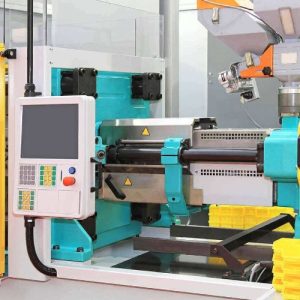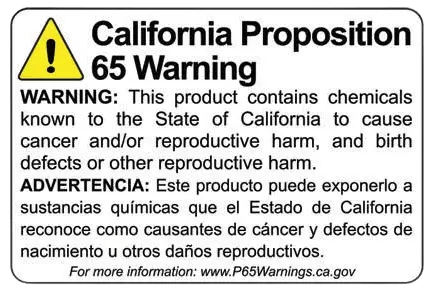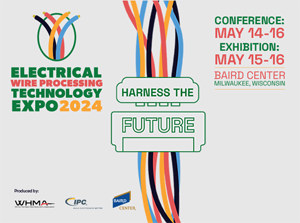 Burns from hot plastic; injuries from expelled fragments; harmful effects from inhaled vapors or fumes; electric shock; crushed or amputated limbs; and even death – these are some of the hazards faced when working with horizontal plastic injection molding machines.
Burns from hot plastic; injuries from expelled fragments; harmful effects from inhaled vapors or fumes; electric shock; crushed or amputated limbs; and even death – these are some of the hazards faced when working with horizontal plastic injection molding machines.
Thermoplastic injection molding machines produce molded plastic parts by melting plastic pellets, injecting the molten material into a mold, and cooling the plastic material. This process involves many machine parts and tasks such as opening the operator’s gate, servicing and maintaining the machinery, and manually feeding the plastics materials. Any one of these processes can cause a worker harm if the proper precautions are not taken.
No matter what sort of manufacturing process is used, there is always some sort of danger associated with it. Plastic injection molding is no different. The dangers of injection molding are real and can affect the quality of the product and those who interact with it. However, all of these dangers can be avoided and significantly reduced, as long as proper care is taken and the right knowledge is obtained before the utilization of injection molding in the creation of a product.
Fire Retardant ABS
Different issues may occur regarding the fumes put off by the production of this material. The majority of the issues are associated with eye, nose, and mouth irritation, in addition to dizziness and muscle aches. That is why it is important to always wear protective clothing, masks, and eyewear to avoid any sort of negative side effects. Most other plastics used in injection molding may cause similar irritation. Polypropylene and Acetals also cause irritation to the eyes and skin, plus mucous membrane and both may cause depression and even dermatitis when exposed to the product.
PVC Problems
The main dangers associated with this manufacturing process stem from using the wrong kind of plastic with a set product, chemical, or another item. That is why it is necessary to always understand what a particular product is to be used for. PVC is a common plastic, but it can give off hydrogen chloride during production. This in turn may cause coughing, laryngeal spasms, and other similar respiratory problems.
Other Plastics
Low-density polyethylene may cause drowsiness, narcosis, and asphyxia due to the butane given off during production. This is the same as regular density polystyrene as well.
After the production of different plastics, there is generally not much of a danger in injection molding. Due to this, most customers who purchase the finished product do not need to worry about health issues or side effects. Some plastics are designed as food-grade storage items while others are not, so looking into this and the kind of plastic used for the storage of items is important. The majority of the dangers associated with injection molding though are more akin to the fumes given off during the melting down and production phase than any other stage. That is why maintaining a quality environment inside of the manufacturing plant is a vital requirement.
Other hazards include:
• Manual Lifting
• Entanglement from reaching into the auger
• Entrapment in closing molds
• Heat from plastic
• Toxic fumes
• Entrapment in moving parts
• Dust
• Noise
• Slips, trips & falls
• Entrapment from unexpected movement (during maintenance, cleaning & repairs)
This is a lot to take in, so there’s no shame in leaving this to the professionals. Call Nu-tech today, we’ll get you sorted in no time.


